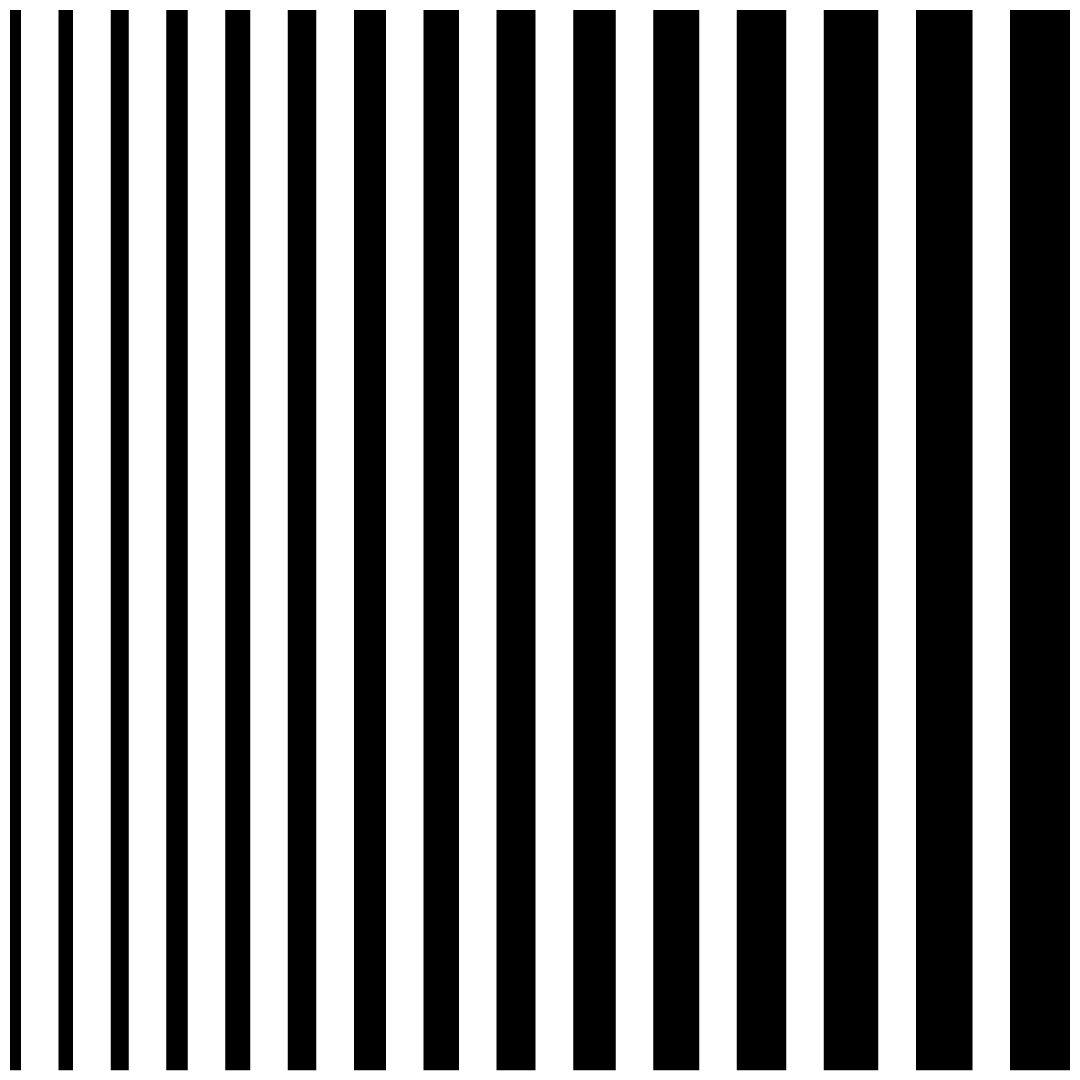Marjetica Potrc: Urban Growings / Sema Bekirovic : Promis & Juul Hondius: Harmless / Libia Pérez de Siles de Castro & Ólafur Árni Ólafsson: Wir wünschen Ihnen einen angenehmen Aufenthalt
04.06–08.08.2004
de Appel, Nieuwe Spiegelstraat 10, Amsterdam
de Appel, Nieuwe Spiegelstraat 10, Amsterdam
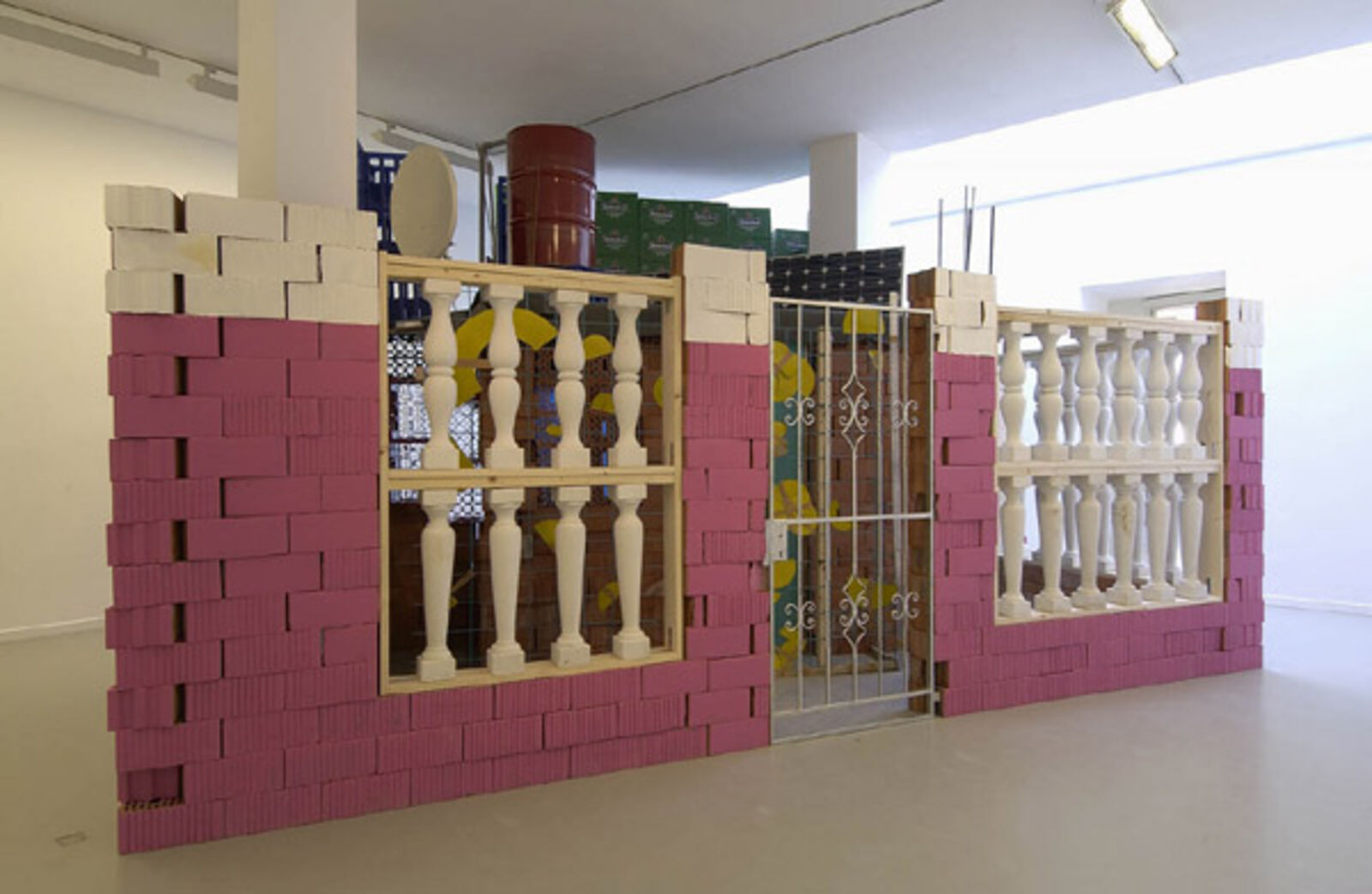
Marjetica Potrc, Caracas: House with Extended Territory, 2003
© Peter Cox, Eindhoven
© Peter Cox, Eindhoven
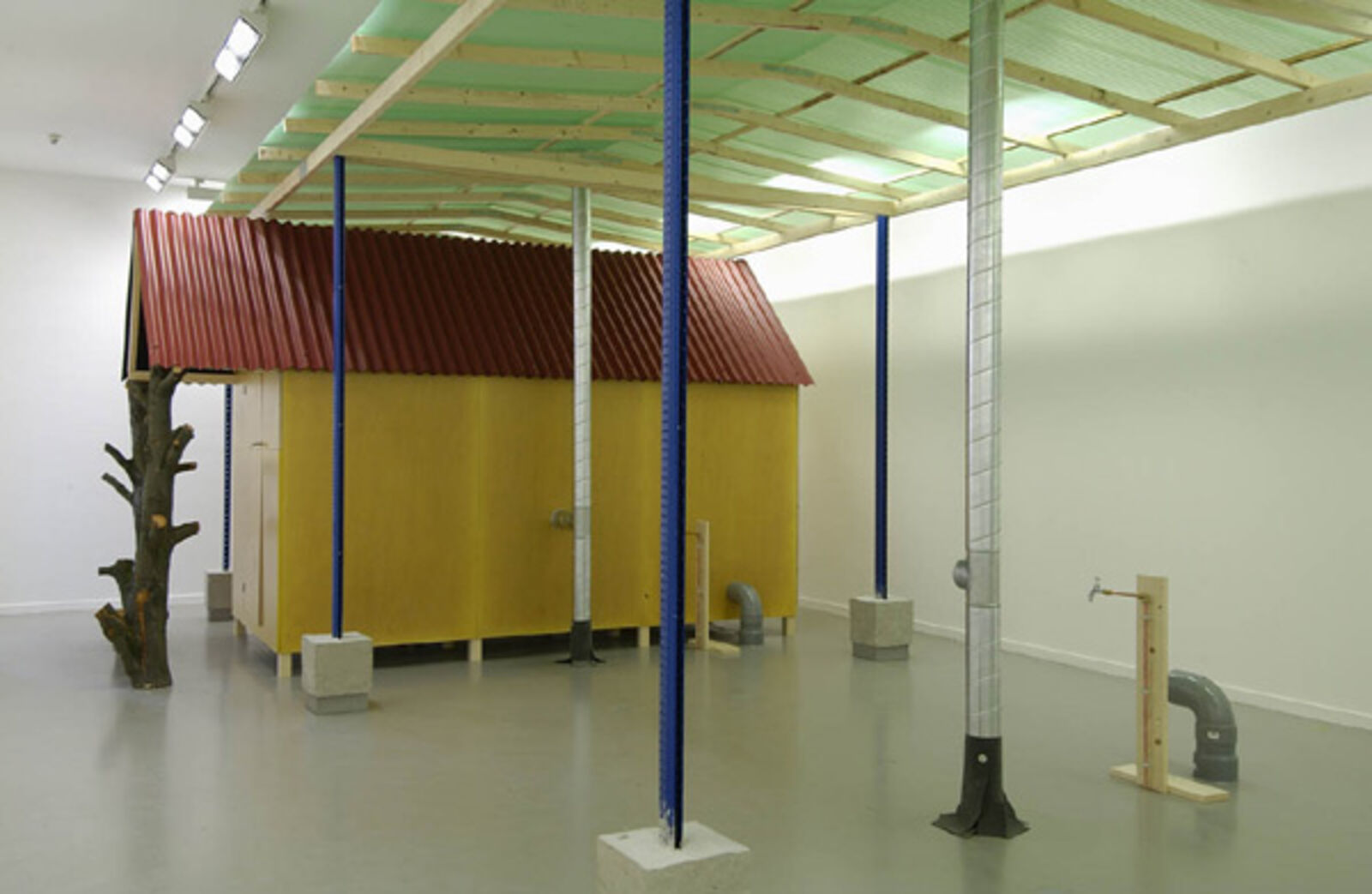
Marjetica Potrc, Ljubljana under a Common Roof, 2004
© Peter Cox, Eindhoven
© Peter Cox, Eindhoven
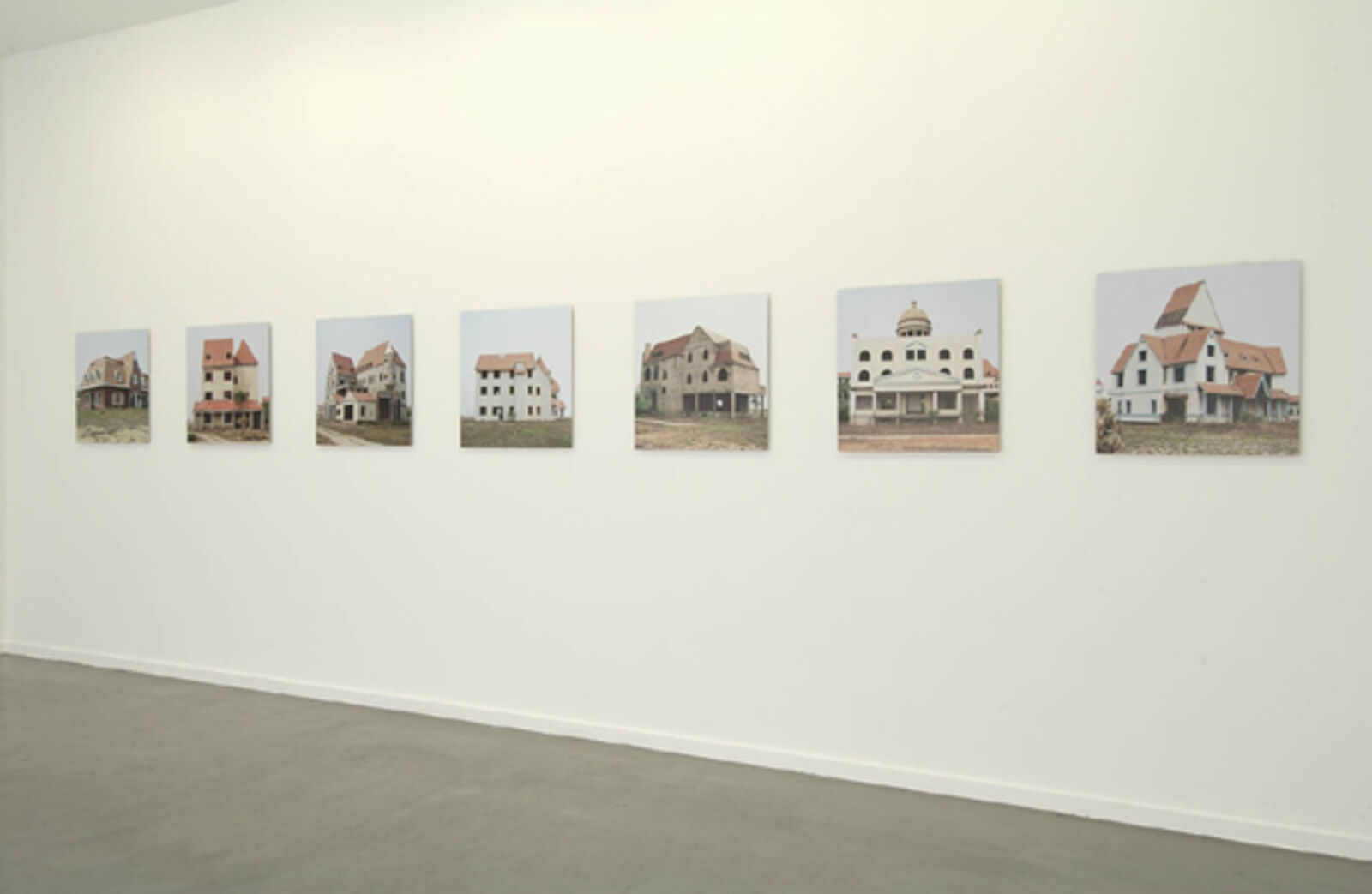
Sema Bekirovic, Never used ruins, 2004
© Peter Cox, Eindhoven
© Peter Cox, Eindhoven

Juul Hondius, H15.3-Bangkok, 2003; H14.4-Tokyo, 2003; H12.6-Moscow, 2003; H14.2-Bangkok, 2003; H15.6-Tokyo, 2003; H12.1-Moscow, 2003
© Peter Cox, Eindhoven
© Peter Cox, Eindhoven
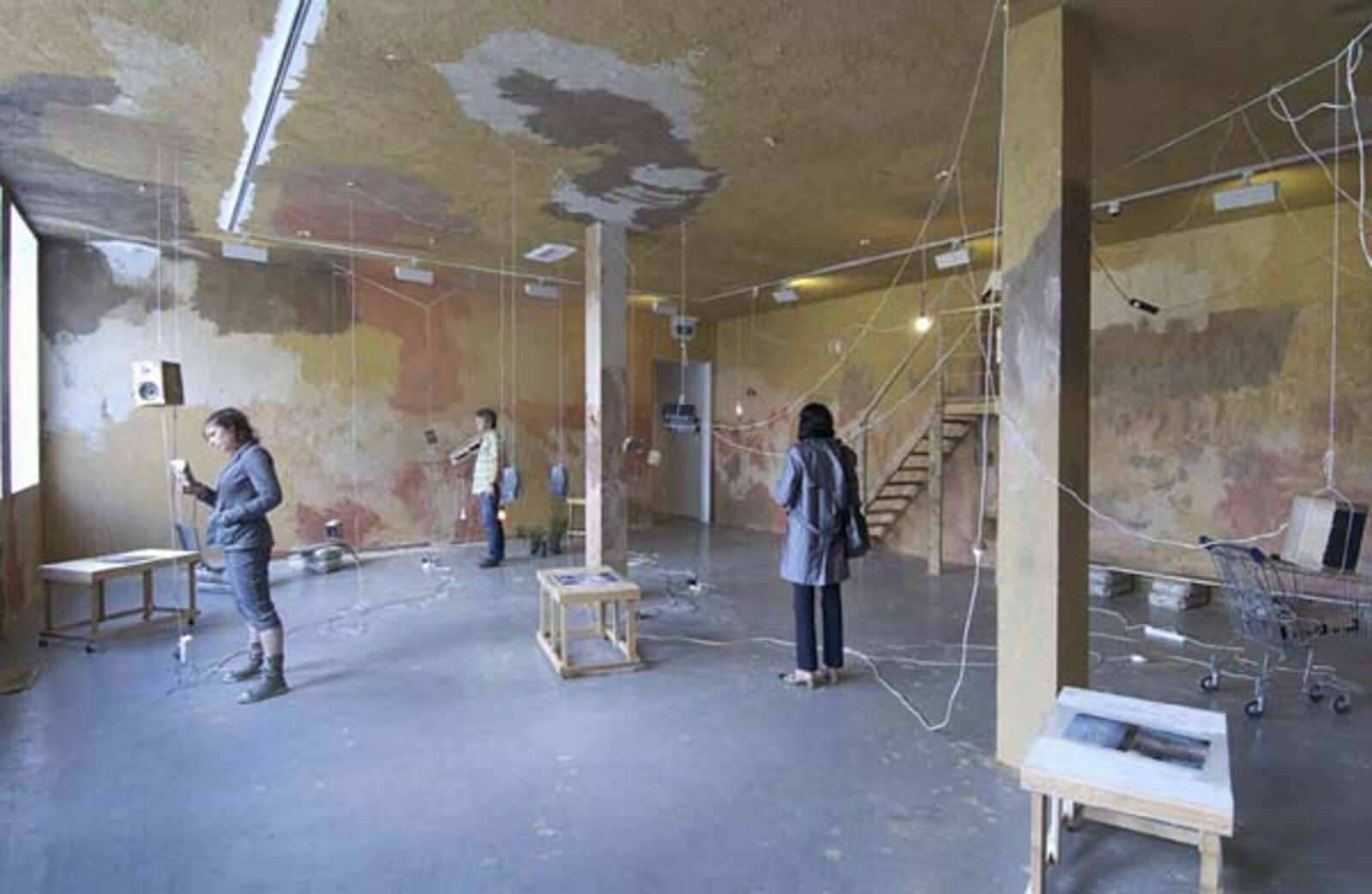
Libia Pérez de Siles de Castro & Ólafur Árni Ólafsson, Wir wünschen Ihnen einen angenehmen Aufenthalt, 2004 I
© Peter Cox, Eindhoven
© Peter Cox, Eindhoven
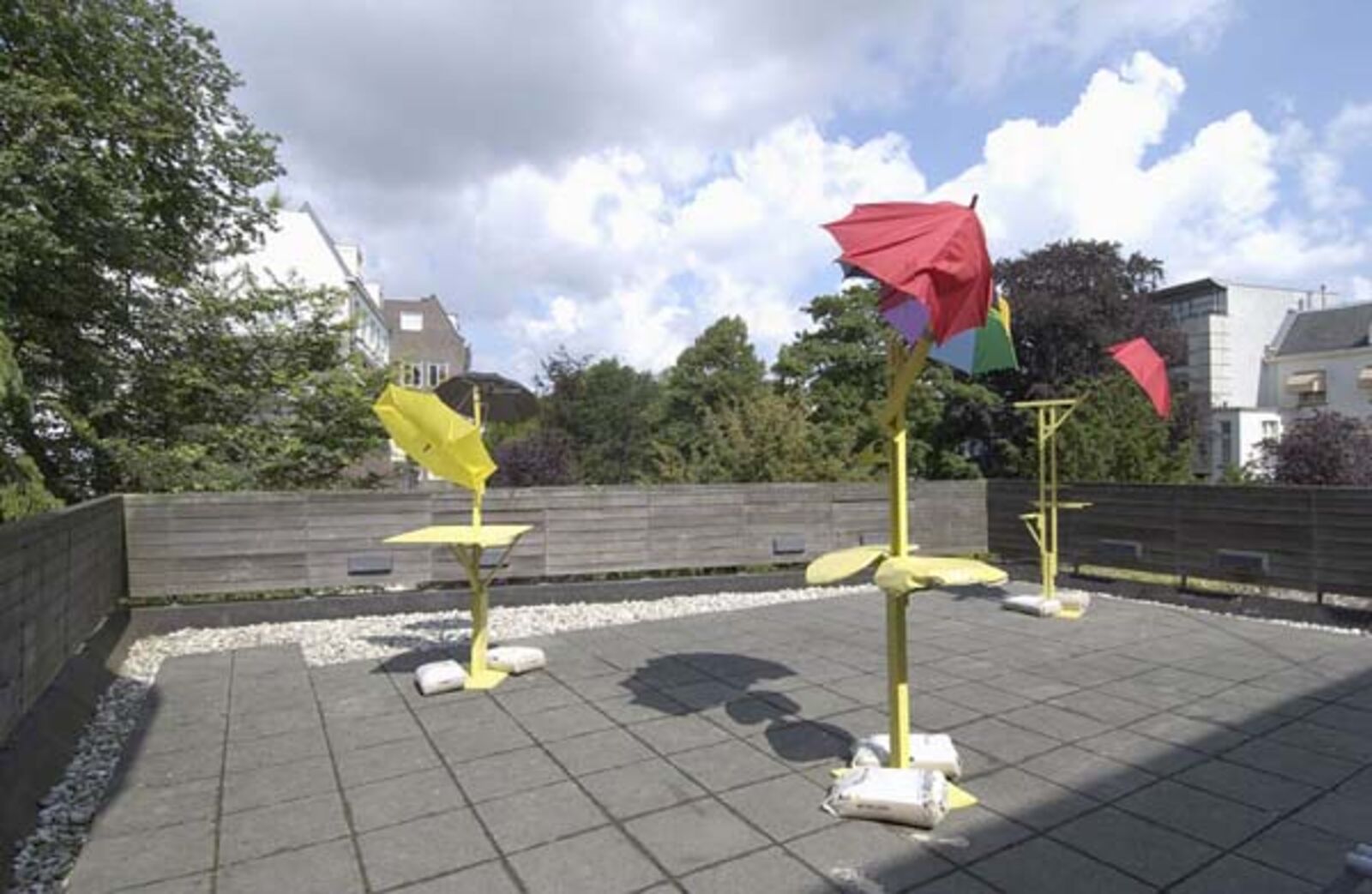
Libia Pérez de Siles de Castro & Ólafur Árni Ólafsson, Wir wünschen Ihnen einen angenehmen Aufenthalt, 2004 II
© Peter Cox, Eindhoven
© Peter Cox, Eindhoven
1rst floor (solo): Marjetica Potrc: Urban Growings (4 June - 8 August 2004)
‘I believe that the human body is embedded in one of the most enduring languages we have, the language of architecture.’ (Marjetica Potrc)
The Slovenian artist Marjetica Potrc (born 1953, Ljubljana), originally trained as an architect, is known for her 'case studies' of improvised buildings all over the world. Using analytical drawings and self-constructed buildings, Potrc shows how local inhabitants realise solutions that sometimes function better than the plans originating from the urban developer's drawing board.
The projects by Potrc are intended to suggest concrete possibilities for improving the relation between the individual and society. Her projects have strong social, political and ecological dimensions. Caracas: House with Extended Territory was created during a six months stay in Venezuela where she worked together with other artists, architects and urban planners on the interdisciplinary Caracas Case Project, which examined the unregulated and fast-growing urban structures in the shanty towns (barrios) of Caracas.
In her solo exhibition in De Appel, she is showing different versions of inventive do-it-yourself buildings. Caracas: House with Extended Territory is based on two elementary notions: demarcation and protection, both very important in this poverty-striken area. The house is constructed from corrugated panels, concrete blocks and beer crates and is equipped with solar energy and a water tank. The inhabitant can thus make use of his own water and energy supply. A dish antenna gives access to a widespread communication network. The striking colour of the walls in combination with the balustrade has a protective as well as a decorative function, in a part of the city where life can be particularly hard and dreary.
Ljubljana under a Common Roof refers to a project made for Ljubljana by the architect Joze Plecnik (1872-1957), whose artistic vision, starting in the mid-1920’s, transformed Ljubljana into a great city. In his architectural practice, Plecnik combined functionalism with classical and the Renaissance architecture. The proposal he submitted in 1944 to build a construction, under which the local population could settle and make use of general facilities, was never realised. Potrc has translated this more or less social initiative, launched at the time by the city of Ljubljana, into a roof of corrugated panels with a small colourful wooden house underneath. Similar open structures can be seen nowadays in Johannesburg and in many cities in South America.
In addition to the constructions, Potrc is showing new drawings inspired by environmental planning, power supplies, communication and infrastructure. The new series Islands, which she developed after various visits to IJburg as well as Wanting Water deals with water as a basic human need.
Marjetica Potrc lives and works in Ljubljana. She has exhibited frequently in the United States and Europe. In 2003 her work was shown at the Biennales of Venice and Istanbul. Other exhibitions include: the Palm Beach Institute for Contemporary Art Florida, Urgent Architecture, 2003; Galerie Nordenhake, Berlin, Caracas: House with Extended Territory, 2003. This is her first solo exhibition in the Netherlands.
2nd floor: Sema Bekirovic : Promis / Juul Hondius: Harmless (4 June - 1 July 2004)
The photographs that Sema Bekirovic (1977, Amsterdam) is showing in De Appel were made in the People’s Republic of China. Bekirovic is interested in places that in a certain way seem to lie between two worlds.
In Promis she photographed the area around the controversial ‘Three Gorges’ project, originally intended to generate electricity for Shanghai. The creation of the 600 kilometre long reservoir involved the forced removal of more than 1.3 million people. China is currently undergoing an enormous and rapid struggle to catch up economically. The country is giving investors and companies wanting to establish themselves there a free hand and supplying them with a cheap labour force. As the countryside empties the cities grow explosively. This is precisely what Bekirovic has managed to document in her two series of photographs.
In the first series we see images of new buildings incorporating elements from traditional Chinese and Western architecture. The shell is there but the houses are unfinished. They seem to be waiting for future inhabitants who have not yet checked in.
This image is reinforced even more in the second series of photographs depicting the current situation in the form of building excavations and the future projected into billboards. This Communist country is developing at a furious rate. Capitalism is bringing drastic changes, but for the great majority of the Chinese population the dreams are far from reality. They have to live on the heaps of rubble created by the excavators.
Sema Bekirovic lives and works in Amsterdam. Her work was shown in Gespot, 2003, Arti et Amicitiae, Amsterdam, and Identified, Galerie Van Zoetendaal, Amsterdam, 2003. She graduated from the Rietveld Academy in 2002.
The large glossy photographs that Juul Hondius (1970, Enschede) made in the past are perfectly stylised scenes with an oppressive psychological atmosphere. The works are initially reminiscent of recognisable media images: a man in the water, women with a child waiting in the rear of a truck, people walking along the side of the road. But Hondius stages these visual cliches of reality, constructing deceptively real situations. Every detail is carefully determined, nothing is left to chance. The extras, the location and the attributes are precisely cast for these compositions in which man plays the main role.
Besides a journalistic picture editing, Hondius uses elements from advertising photography which dishes up a perfect, safe and well-organised world. Rather than mislead, Hondius wants to confront the viewer with ingrained habits of viewing and to show that reality and imagination are sometimes difficult to keep apart.
For De Appel, Hondius is showing a new series of photographs made during an unbroken period travelling through different parts of the world. Much of this time was spent in planes, trains, boats and busses, where he photographed his fellow passengers, resulting in photographs of people in transit. What we mainly notice in these photographs is the isolated world that the traveller finds himself during his journey. Through the unequivocal way he treats light, certain characteristics of place and time disappear, with the result that images become exchangeable. In making this subtle intervention the artist demonstrates that travelling is a universal fact.
Juul Hondius lives and works in Amsterdam. Among the places he has exhibited are Galerie Akinci, Amsterdam, FACTION, 2003; Musée des Beaux Arts, Nantes, Multiples objets du désir, 2002; Huis Marseille, Amsterdam, Keuze uit de collectie, 2002; Stedelijk Museum Amsterdam, Life in a Glass House, 2002. Juul Hondius was awarded the incentive prize from the Amsterdam Art Fund in 2002 and the Charlotte Kölher Prize in 2003.
2nd floor: Libia Pérez de Siles de Castro & Ólafur Árni Ólafsson: Wir wünschen Ihnen einen angenehmen Aufenthalt (9 July - 8 August 2004)
The work of the artist couple Libia Pérez de Siles de Castro (born 1970 in Málaga) and Ólafur Árni Ólafsson (born 1973 in Reykjavík) is always on the move. Taking elements from earlier projects with them to the next place, they once again enter into a relation with the current surroundings.
During July and August, Castro and Ólafsson are the guests of De Appel where they will have the entire second floor at their disposal. The installation threads its way through different spaces and includes sound recordings of migrants and refugees telling stories about their reception in the Netherlands, about their journey here and their search for a land where they would have a future. The works are a remix of images and stories from Castro and Ólafsson’s ongoing research into the influence and consequences that social and political agreements have on life. This results in often playful and critical works emerging from found images, appliances and archaic building materials.
Libia Pérez de Siles de Castro and Ólafur Árni Ólafsson live and work in Rotterdam. Among the places they have exhibited are: Art together with life, Havana Biennial, Cuba, 2003; 20 minus minutes, Platform Garanti Contemporary Art Center, Istanbul, 2003; Un elemento más, Alternativa Siglo 21, Málaga, 2002; Sjálfbaer tróun / Sustainable development, The Living Art Museum, Reykjavik, 2001; Proeftuin, CBK Dordrecht, 2000.
